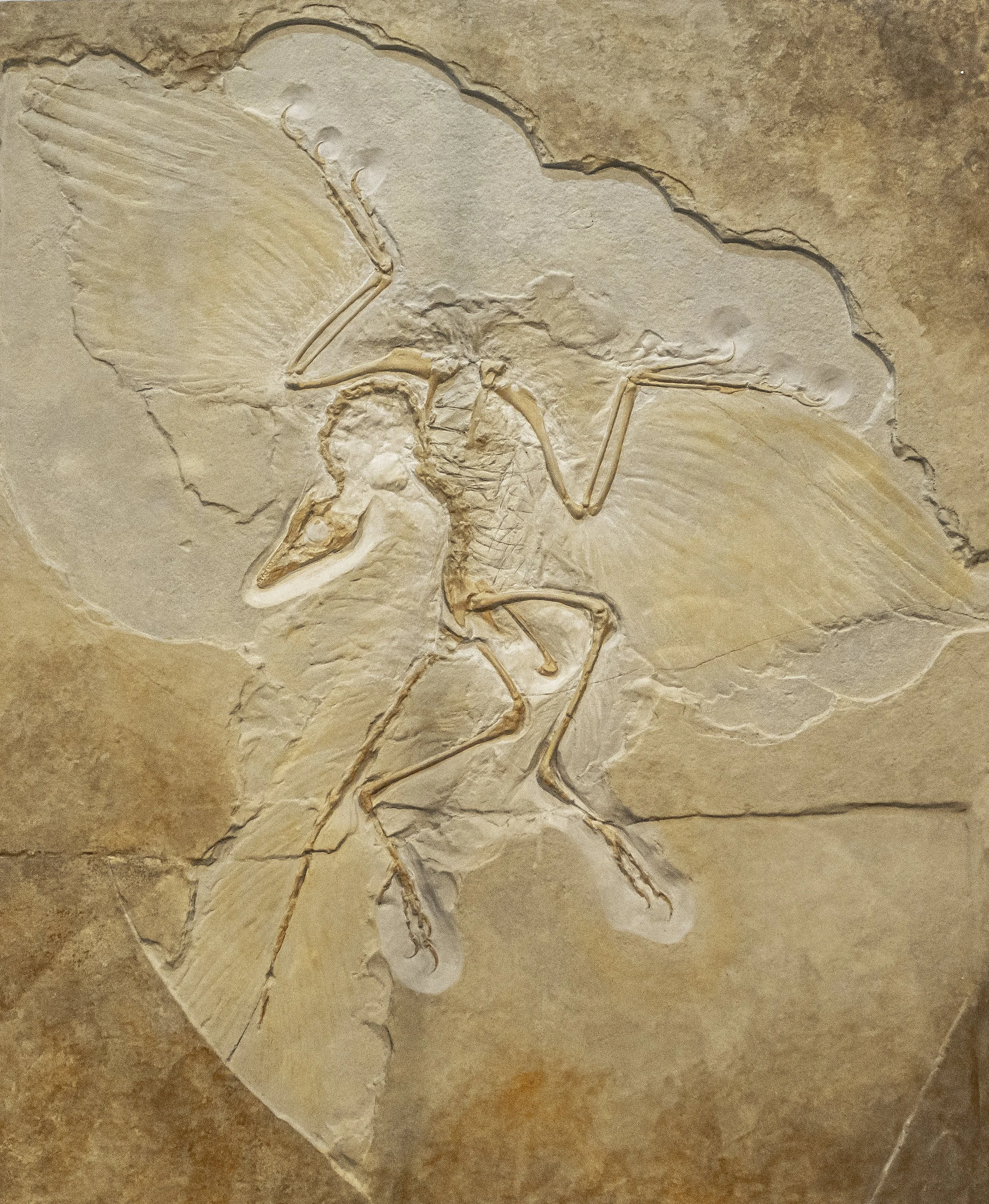Meet the dinosaur nemesis—the 99 million-years-old blood-sucking ticks
Fig 1: Amber- the time capsule (Photo credit:iStock)
The next time a mosquito tries to suck in your life-giving blood, be a big-hearted person and let it. There is that 0.0001% chance that the mosquito may just decide to immortalize itself by encasing in amber. And who knows—that amber piece, harboring the mossie drunk on your blood, may be on display at a museum hundreds of millions of years from now (assuming that our Earth manages to make it through the present state of environmental mayhem). Sounds ludicrous? Well then, chew on this—researchers have discovered a 99-million-years-old piece of Burmese amber, featuring a tick (Cornupalpatum burmanicum) clinging to the feather of a theropod dinosaur [1]. What’s more, another piece of the amber assemblage features a female tick (Deinocroton draculi) engorged on dinosaur blood. It seems to have been on a drinking marathon, since it had ballooned to 8 times its original size. Did the tick have a hangover and fall into tree resin while groggily walking back home—sealing its truth forever in amber for the coming generations to see?
Fig 2: A close-up illustration of a tick (Image credit: iStock)
There are several things in this article that’s news to me—especially that dinos had feathers, as well as unwanted guests providing unwelcome entertainment! The dominant image of dinosaurs (at least in my mind) is of them running amok while terrified kids try to hide in the kitchen scene in ‘Jurassic Park’ (thank you for the comforting imagery, Mr. Spielberg! :-). However, it seems that they were not as fearsome as the legends would have us believe. At least the harried giants would not have seemed intimidating while they tried to nitpick bothersome ticks off their feathers. Or while meditating in their nests in search of a Master Shifu-ish moment of inner peace, with resident ticks happily chomping away.
If the dinosaur descendants were around today, how would they feel about the hullabaloo surrounding their ancestors and their tormentors? Would they bristle with indignation at the thought of these parasites making their ancestors’ lives hell? Or would they phew with resignation upon realizing that they are no better off than their ancestors? Turns out, although the 99-million-years-old ticks found in the amber pieces eventually became extinct, another line of ticks survived. Similarly, although the non-avian dinosaurs became extinct, the avian dinosaurs survived and evolved into birds. Guess what? The modern birds continue to be terrorized by the modern ticks [2].
Fig 3: Fossil of Archaeopteryx, the missing link between dinosaurs and modern birds (Photo credit: iStock)
Was there ever a reprieve? Let’s ask the Archaeopteryx (who, by the way, is an extinct bird believed to be the missing link between dinosaurs and modern birds). Did this guy (let’s assume he was one) know about the bug whose sole purpose was to make the lives of his ancestors and descendants miserable? Can I see a fossilized head nodding? Was he a silent victim too, who has finally come out and is pointing fingers at his tormentor?
Fig 4: Archaeopteryx- the missing link between dinosaurs and birds (Photo credit: iStock)
Not all dino relationships were lopsided though. They shared a fruitful give-and-take friendship with the beetle larvae living in their nests, as revealed in 105 million-years-old Spanish amber deposits [3]. Since these dermestid beetle larvae were capable of metabolizing the keratin found in feathers (keratophagy), they fed on the feather remains of dinosaurs and helped in housekeeping at the dino nests. As expected, the present day dermestid beetles are also regular inhabitants of bird nests! Some relationships never change, do they?
Fig 5: The dermestid beetle larvae had a beautiful relationship with the dinosaurs, just as the modern birds have with the present day dermestid beetles. Cheers to the BFFs! (Photo credit: iStock)
Imagine a parallel situation in our society. You have a grand home and are a much-feared giant. You have two guests over for a visit. One pays for his food and accommodation by cleaning up after you. That’s symbiosis, and the guest is dermestid beetle larvae. The other not only refuses to pay, but also insists on sucking the lifeblood out of you. That’s parasitism, and the guest is the tick who, by the way, goes by the name of Deinocroton draculi (Greek word ‘deinos’–terrible, ‘kroton’–tick), or Dracula’s terrible tick.
The dinosaurs probably never stood a chance, fighting as they were against a determined teeny-tiny enemy. Perhaps, in desperate times, the dinos even prayed, ‘Bring on the T-Rex, God. We would rather beat him to a pulp than put up with this!’ Alas, it was not to be! What other dino secrets would amber reveal? There’s no way to tell, but I would surely be strapping myself in and eagerly waiting for the next big revelation. That’s the beauty of amber—its ability to capture a fleeting moment in time and safeguard it for eternity. If you want a similar shot at eternity, spare that offending mosquito!
References:
[1] Penalver E et al. (2017). Ticks parasitized feathered dinosaurs as revealed by Cretaceous amber assemblages. Nature Communications. 8:1924. doi:10.1038/s41467-017-01550-z.
[2] Hill AG et al. (2021). Tick paralysis in Australian birds caused by Ixodes holocyclus. Australian Veterinary Journal. 99(12):522-528. doi:10.1111/avj.13119.
[3] Penalver E et al. (2023). Symbiosis between Cretaceous dinosaurs and feather-feeding beetles. Proceedings of the National Academy of Sciences (PNAS). 120(17):e2217872120. doi:10.1073/pnas.2217872120.





